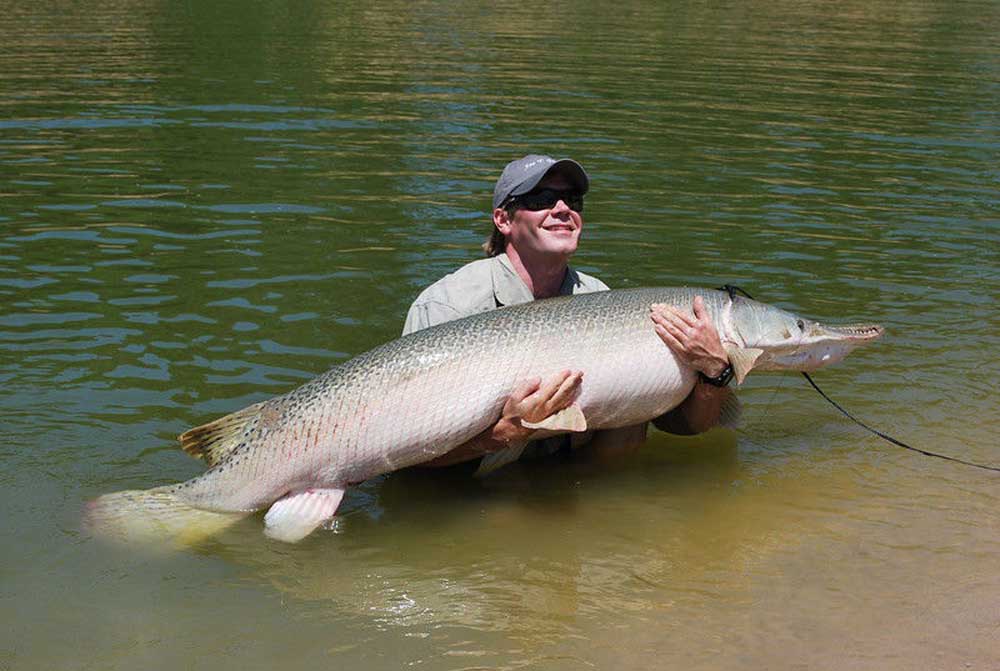Arkansas requires alligator gar must be released May 1-July 1
Published 7:20 am Thursday, April 28, 2016

- TPWD
LITTLE ROCK – Anglers who catch an alligator gar 3 feet and longer between May 1 and July 1 must immediately release the fish back to the water to help protect this amazing Arkansas original.
Arkansas is home to four species of gar, but the alligator gar draws the most attention from anglers. The species was once considered a sport fish by many anglers, as they can grow longer than 6 feet and weigh more than 100 lbs.
“The hook-and-line world record is 290 pounds, but a 327-lb. fish was caught in a commercial angler’s net in Mississippi recently,” said Eric Brinkman, Arkansas Game and Fish Commission district fisheries supervisor and the chair of the AGFC’s alligator gar species management team. “People came from all over the world in the late 1930s and early 1940s to catch these giant fish on the White River.”
Much has changed along the White River since those days. Large gar still swim in its waters, but changes to the watershed have degraded the gar’s spawning habitat.
“Alligator gar can only successfully spawn when certain areas of the rivers flood during their spawning window,” Brinkman said. “Those areas don’t flood like they used to in our channelized rivers, so the gar can’t spawn every year.”
In addition to the loss of spawning habitat, alligator gar take a long time to mature.
“They’re a long-lived species,” Brinkman said. “That 327-pound fish in Mississippi was aged at 98 years old. And they don’t become sexually mature until they are older.”
Brinkman says male alligator gar may be seven years old before they are sexually mature, and females may be 14 before they are ready to spawn. It also takes the fish about 15 years to reach the trophy size anglers are after.
Brinkman says gar are particularly susceptible to overharvest during spawning. With the population already a fraction of what it once was, taking too many of these trophy-sized fish can influence the population greatly.
“We are working to bring back the trophy fishery we once had, but to do so we need people to become more aware of the species’ needs.”
In addition to the protected spawning season, the AGFC regulates alligator gar harvest to only one 3-foot or larger fish per day during the rest of the year. Anglers specifically targeting alligator gar also must have a free alligator gar permit on their person while fishing. The permit is available at www.agfc.com.
Brinkman says the free permit is used to judge how many anglers pursue the species in Arkansas and as a way to get in touch with them about any regulations changes that may affect their angling.
“Some alligator gar are caught on trotlines and jugs, and some smaller ones are accidentally taken by bowfishermen,” Brinkman said. “If a fisherman accidentally harvests one without one of our permits, we ask that they release it unharmed. It’s a good idea for anyone who fishes large rivers to get a permit. Many of the hook-and-line records have been caught by anglers targeting catfish. These permits help us gauge how we’re doing bringing this trophy fishery back.”
Anglers also are encouraged to call the AGFC hotline at 800-440-1477 if they catch an alligator gar to provide biologists additional information about this charismatic species.






